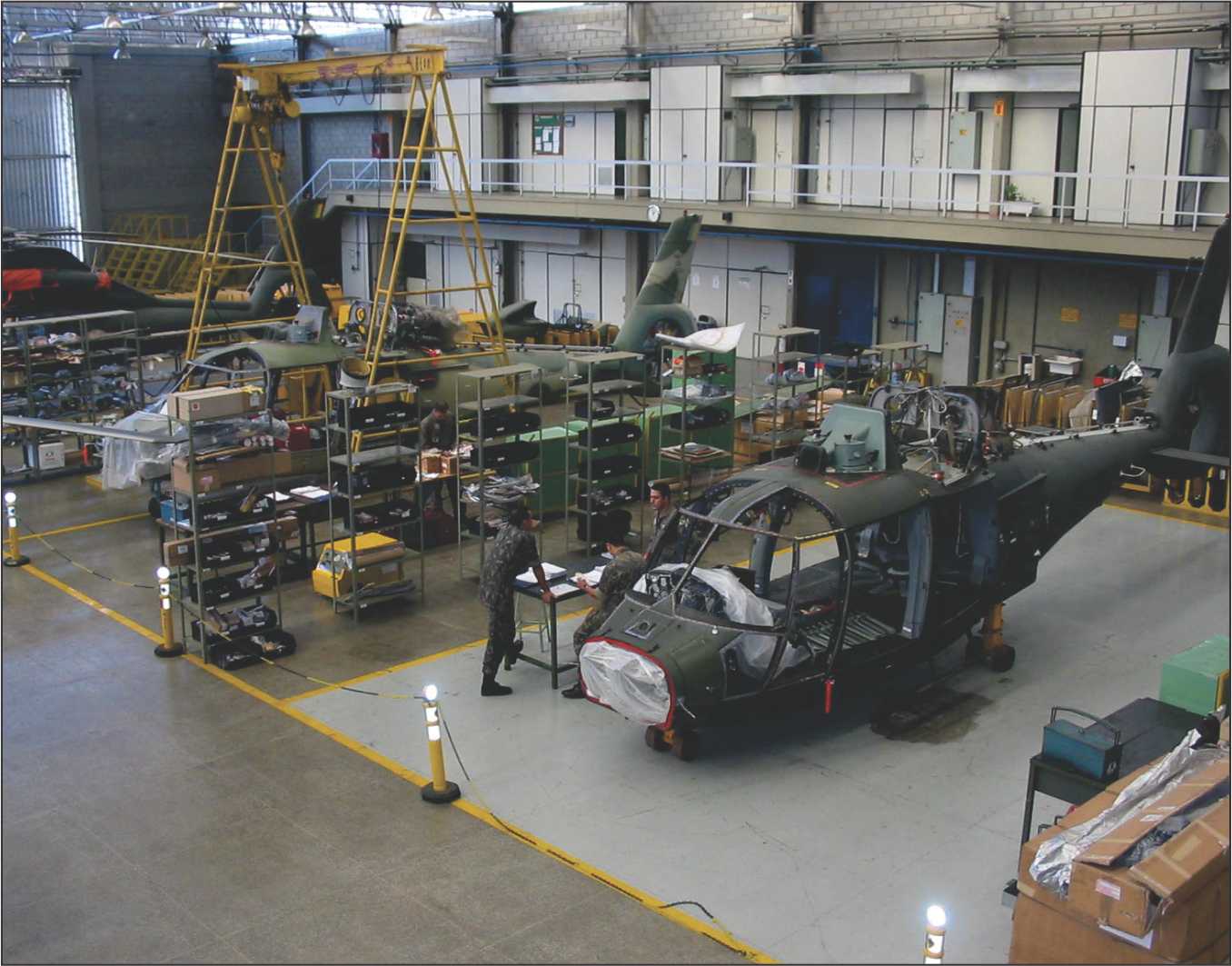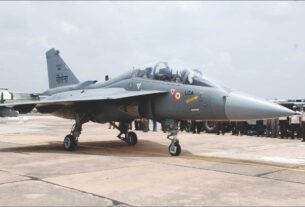Defence and aerospace industry in India
The world’s leading defence aerospace manufacturers are delighted over the prospects of Indian armed forces acquiring weapon systems and platforms over US$ 100 billion in next decade. Indian defence and aerospace sector, thus presents an exciting opportunity to the foreign vendors, who are eager to set up their shops in India in order to beat their rivals. Though, the Western powers have off late reduced their defence spending because of reduced commitments in Afghanistan and Iraq, their arms companies are looking towards India and few other countries for the survival of their defence conglomerates. For the West also several hot spots have emerged which will oblige them to safeguard their strategic interests.
Though Afghanistan and Iraq are prone to terrorist attacks resulting in sustained low intensity military operations, chances of large scale conflicts are remote. Hot spots are likely to emerge like the South China Sea, Middle East, India, China, Russia, South Korea and Japan, whose governments have been raising their defence budgets. As the India-China and India-Pakistan rivalry over border and territorial control increases, Indian government will focus more on defence modernization, with the new Narendra Modi led NDA government at the centre, promising a hard-line view on steps to be taken for safeguarding its borders.
During the Manmohan-Antony duet at the helm of affairs the defence modernization has suffered a big blow during the last ten years. However, since the BJP government has shown political will to make up the loss and wasted years, prospects for modernization of aerospace and defence sector looks to be on upward trajectory.
Till the end of last century , Indian armed forces were principally dependent on Indian defence public sector undertakings and imports. Private sector was not allowed to produce defence systems. Now the NDA government has drastically revised the policy of establishing private sector capacity in defence manufacturing and encouraging them in a big way to bag major defence contracts of the Indian armed forces in association with foreign vendors.
Domestic defence industry
With the emphasis on strengthening Indian domestic defence and aerospace industry, the Modi government has come out with Make in India policy in defence sector also. This has led to a competition among all the foreign vendors for tie ups with the recently set up domestic defence companies. This bodes well for the Indian defence industry.
Government has already announced the raising of the limits from 26% to 49 % FDI in defence sector and up to 100 % FDI on case to case basis if the proposed investment is in sensitive high technology products. Whether it is the replacement of 56 Avro aircrafts for IAF or the much awaited acquisition of artillery guns for the Indian Army, the MoD has sought RFI with foreign and domestic vendors on buy and make provision of the DPP. It means that the foreign vendors will have to set up shops in India with the partnership of domestic companies, for which the foreign vendors have started negotiations with the Indian private sector companies.
Since Indian armed forces are projected to acquire weapon systems and platforms worth US$ 100 billion in next decade, the Make in India policy will willy-nilly force the foreign vendors to manufacture their systems in India, resulting in the emergence of a domestic defence industry, which will cater to not only the demands for Indian armed forces, but to the international forces also.
Indian private sector companies have already made inroads in defence market as they have begun the supply of major systems both to Indian armed forces and have bagged orders from foreign arms manufacturers. Indian firms like Tata Power Strategic Engineering Division (SED) and Centum Group are already supplying aerospace related systems to Indian armed forces and foreign vendors.
The biggest domestic investment will come to Indian defence industry in the shape of over 200 MMRCA fighters. The Rafale manufacturer will have to transfer the technology for the manufacture of the fighters in India. Initially the IAF will be supplied 18 aircrafts off the shelf and rest 108 aircrafts will be made in India under license. This figure is expected to go up to a total of 200 aircrafts, each costing over US$ 80 million ( Rs 500 crores) and a total investment of US$ 15-16 billion, mostly with HAL participation.
Guidelines
However the government has not come out with a comprehensive roadmap for the aerospace and defence sector. For the domestic industry, aided by western manufacturers, a clear guideline and congenial ecosystem is needed to fulfill the needs of the Indian armed forces. According to Industry association ASSOCHAM the present Defence Production Policy is very generic and does not lay down a clear roadmap on how private sector participation will be harnessed to build India’s indigenous capability. The policy document needs to be revised with more specific action points such as the Technology Perspective and Capability Roadmap document which could be made more specific to help the industry plan their long term investments in the sector effectively.
Since the Indian Ministry of Defence will have to toe the official line of Make in India policy, many contracts in the armed forces will be handed over to Indian private sector, who in turn will partner with foreign company to manufacture locally the high end products like the fighter planes , the helicopters and the missiles on Indian soil. This will be the first stage of the growth of Indian defence industry. In the second phase, after gaining experience, the Indian private sector companies will develop and manufacture the defence products themselves in the long term, with their own design and development efforts.
Since the MMRCA deal is likely to fructify by the third or fourth quarter of this year, the investment on this account by HAL will be the order of around US$12 to 15 billion in the coming years. This will hugely encourage the Indian aerospace industry, which will supply many components of the fighters to the manufacturers .
Similarly, the Ultra Light Helicopter deal will be worth around US$ 1 billion, but since there will be demand for over 1000 helicopters in all categories, the future of Indian aerospace sector in helicopter manufacturing seems to be very bright. Indian private sector may have to seek initial technical and manufacturing assistance from the foreign vendors, they will get enough experience and manufacture them on their own, which will result in establishment of Indian private sector in aviation sector.
Indian Air Force also requires the medium transport aircraft, for replacing the Avro planes. The MoD has already cleared the proposal to manufacture them in India by any private company who will find their foreign partners on their own. This will be over Rs 13,000 crores project. The first lot of 16 aircrafts will be supplied directly by the foreign vendors and simultaneously assist the Indian partner to set up facilities for producing the aircraft.
The Fifth Generation Fighter Aircraft, presently under discussion between the Russian and Indian manufacturing partners, is also likely to fructify by the beginning of next decade, will give another boost to Indian military aviation , which will be worth over US$ 25-30 billion. If the FGFA deal materializes, this will mark a new era in Indian aerospace sector, which will see Indian aviation giant Hindustan Aeronautics Ltd expanding its activity in a major way. The Medium and Small Enterprises will be the biggest gainers in the new Make in India policy in the aerospace and defence sector, as they will be the principal suppliers to them. The important thing is that spare parts of systems will be available locally, giving the much needed relief to Indian armed forces, whose systems remain immobilized for wants of spares, which are needed to be imported.
These big ticket projects coming to India will help Indian armed forces source their equipment from domestic manufacturers. Presently India imports over 65 % of its defence requirements. But with the Make In India program likely to bloom in next one decade, India hopes to source domestically most of their weapon systems, giving rise to a flourishing defence and aerospace industry in the country.




